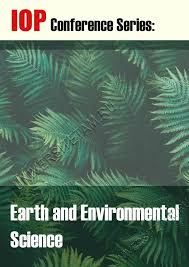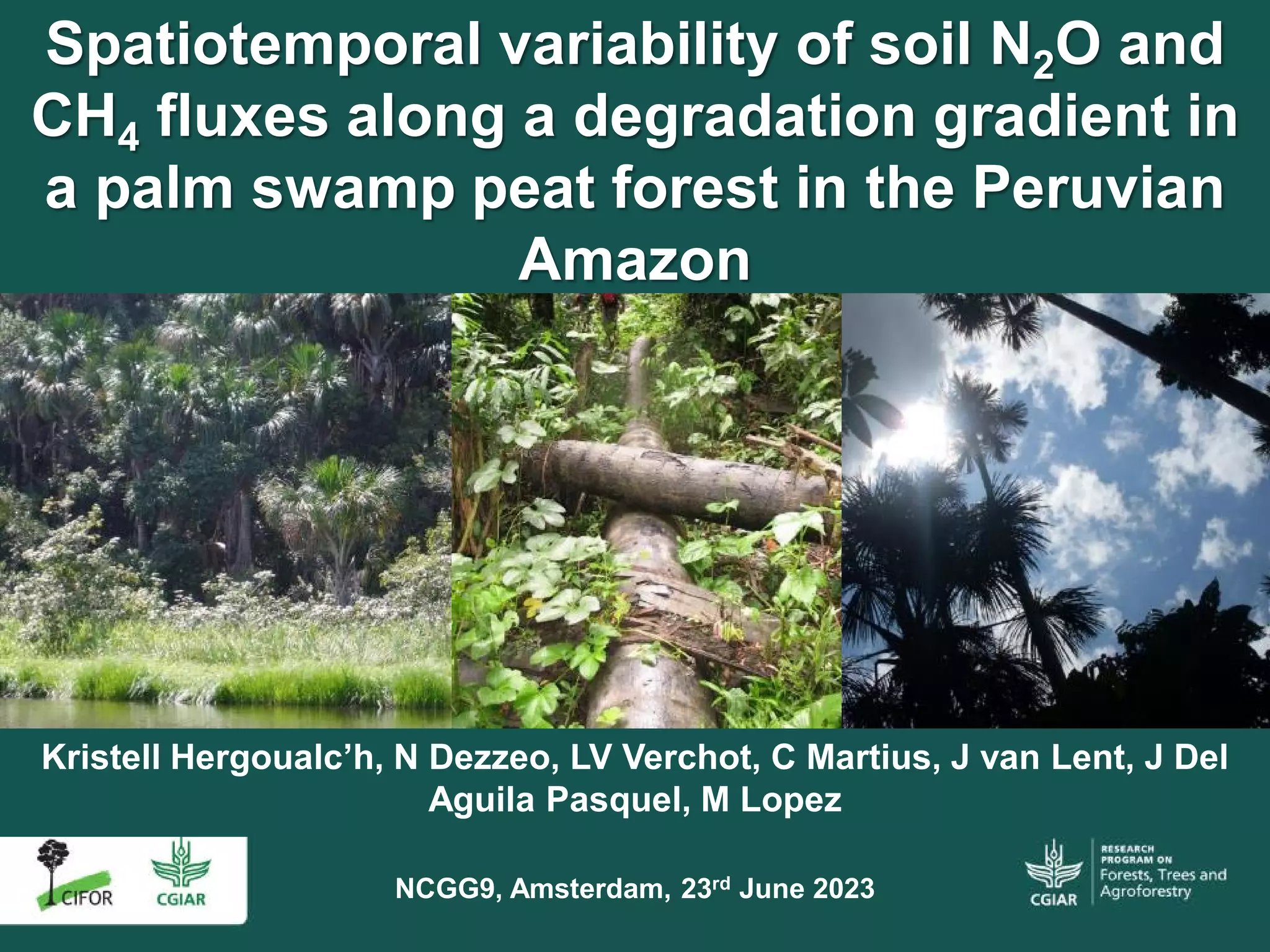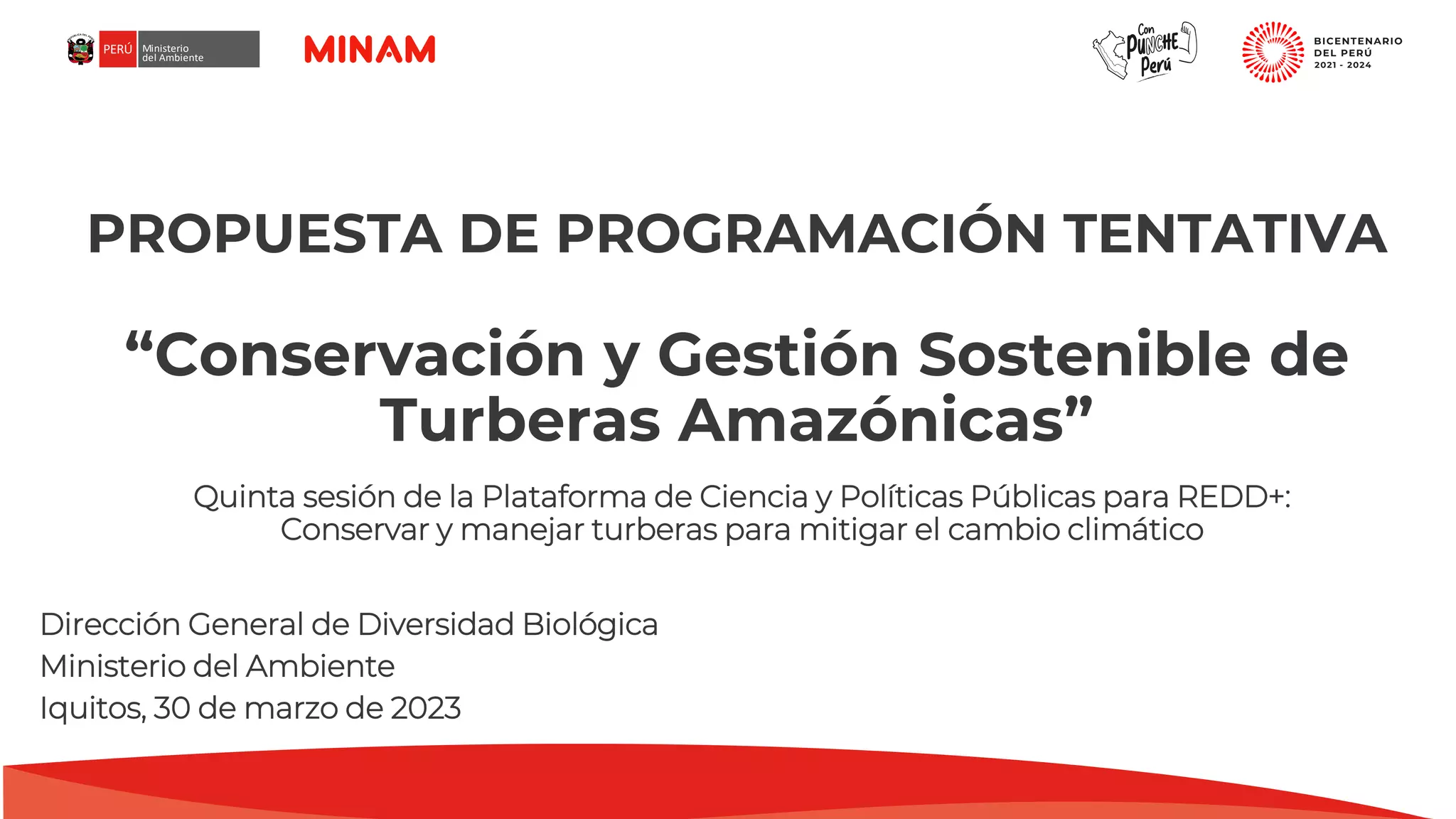
Indonesia has the largest tropical peatland globally. This unique but fragile ecosystem provides a range of ecosystem services such as biodiversity conservation, carbon storage, hydrological as well as social-economic benefits, and so forth. Despite these values and services, around 50% of the country’s peatland experienced degradation due to several factors, namely logging, land use conversion, drainage, and recurrent fires. Peatland degradation has brought negative consequences for the economy, society, and environment, namely climate change resulted from CO2 emissions. One major element of peat swamp ecosystem is hydrology, which together with vegetation and peat substrate creates a natural and balanced peat ecosystem. Hydrological balance plays a key role to sustain peatland ecosystem as ninety percent of peatland comprises water. Removal of peatland vegetation cover and construction of artificial drainage canals lead to the disturbance of hydrological balance, which in turn propagates negative impacts to the ecosystem in the form of over-drainage resulting in peat subsidence due to peat oxidation, consolidation, and compaction. This chapter aims at outlining the factors of peatland hydrological disturbances and management strategy therefore, which is addressed via estimation of the impacts by employing peatland hydrological restoration applied in Indonesia. The chapter ends with investigative case study of canal blocking impacts on hydrological dynamics in Central Kalimantan.
Download:
 file
file

- Authors: Dohong, A., Tanika, L.
- Author Affiliation: Peatland Restoration Agency, Palangka Raya University
- Subjects: canal blocking, hydrology, drainage, peatlands, ecological restoration, ecosystem management
- Publication type: Chapter-R
- Source: Osaki, M., Tsuji, N., Foead, N., Rieley, J., (eds). 2021. Tropical Peatland Eco-management. 567-593
- Year: 2021
- ISSN: 978-981-334-654-3
- DOI: https://doi.org/10.1007/978-981-33-4654-3_20
















